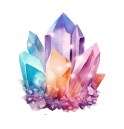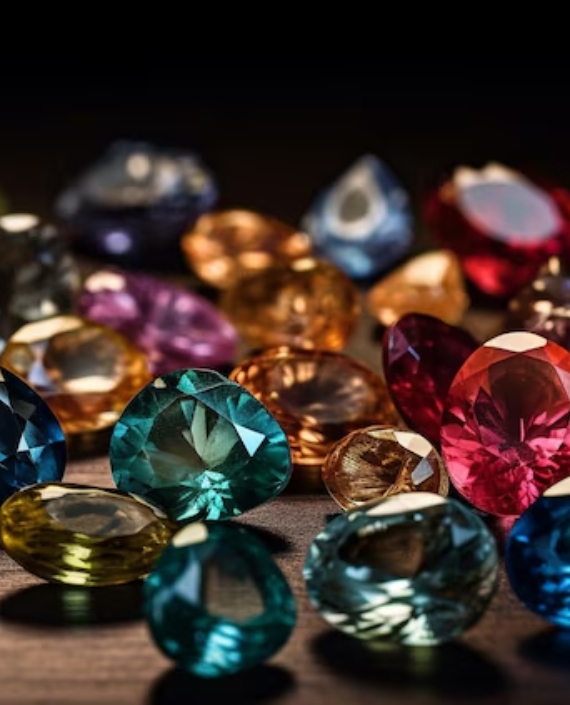
Alexandrite
(BeАl2О4:Cr3+)
Premium-grade gemstone, renowned for its exceptional hardness and durability—ranking just behind diamond, sapphire, and ruby.
Ruby
(Al2O3:Cr3+)
Grown to achieve high-purity specimens with precisely controlled coloration—ranging from light red to the coveted pigeon’s blood hue. Laboratory analysis confirms these crystals as authentic analogs of natural ruby.
Emerald
(Be3Al2Si6O18:Cr)
Produced using the high-cost Flux method, LifeGem Emeralds are precise analogs of natural Colombian emeralds, replicating their structure and vivid green hue
Violet-blue Forsterite (Tanzanion)
(Mg2SiO4:СO2+)
Tanzanion crystal is a perfect analog of violet-blue (tanzanite color) natural forsterite and a simulant of Tanzanite. Due to its 2% water content, natural Tanzanite cannot be lab-created at high temperatures. While natural Tanzanite’s reserves are limited, Tanzanion’s beauty is limitless.
Light green Forsterite
(Mg2SiO4)
Light green gemstone prized for its beauty and valued as a jewelry stone since ancient times.
Sky-blue Chrysoberyl
(BeAl2O4)
LifeGem’s sky-blue Chrysoberyl, grown using the Czochralski method, is a perfect analog of natural Chrysoberyl.
Aquamarine Chrysoberyl
(BeAl2O4)
Chrysoberyl in aquamarine colour is a fine gemstone, with excellent hardness and brilliance.
Red Spinel
(MgAl2O4:Cr)
Light green gemstone prized for its beauty and valued as a jewelry stone since ancient times.
Blue
Spinel
(MgAl2O4)
Blue Spinel is one of the rarest colours of Spinel. It has a cubic structure like diamond and is highly desired.
Sky-blue Spinel
(MgAl2O4)
Sky-blue Spinel display more brilliance and fire, with a single refraction like diamond.
Classification of Gemstones
